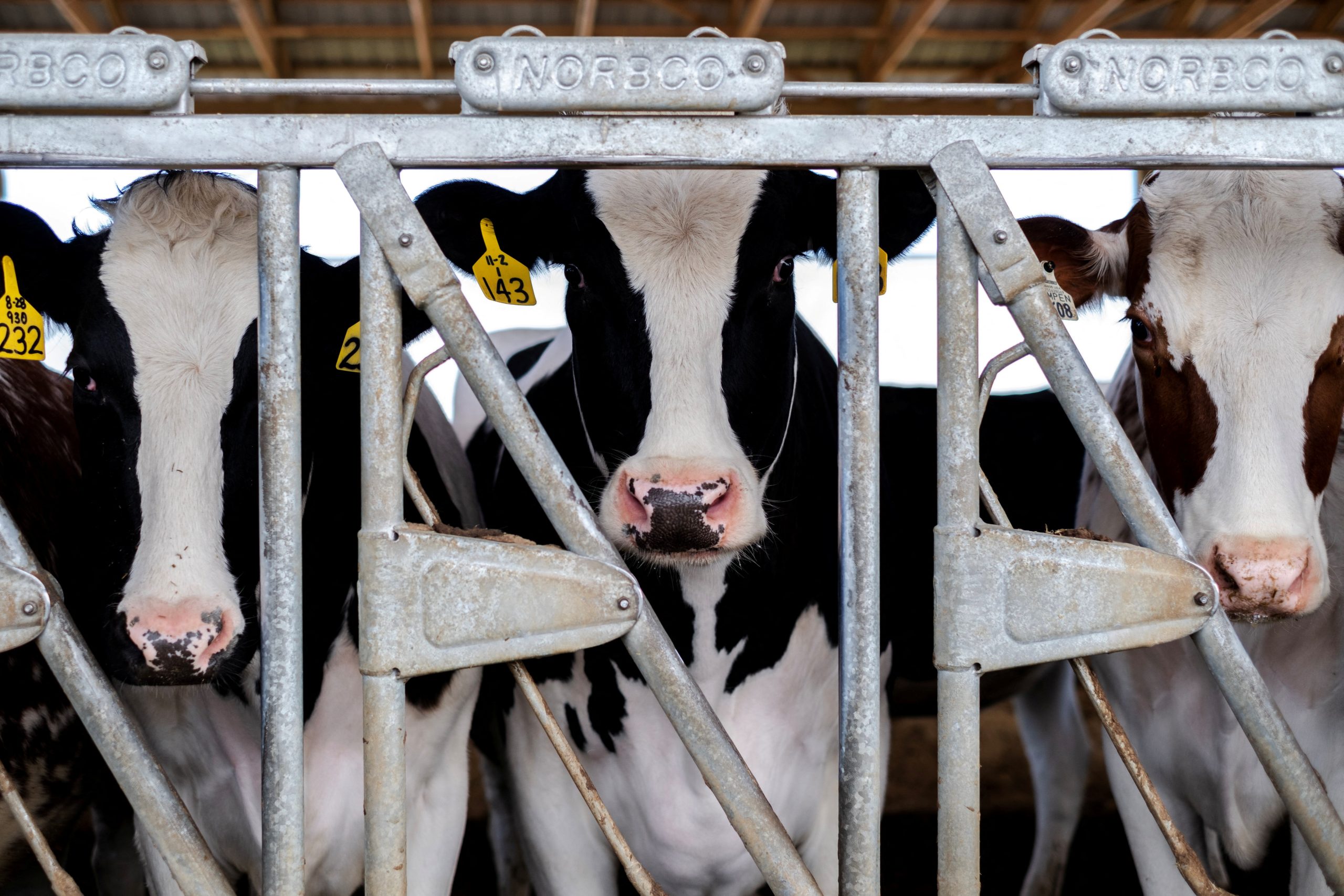A recent study from the U.S. Centers for Disease Control and Prevention (CDC) found that 7% of dairy farm workers exposed to bird flu-infected cows contracted the virus themselves. This percentage is notably higher than previous estimates, which did not account for infections among workers without visible symptoms.
This new data suggests a broader spread of H5N1 among those working closely with infected animals, which veterinarians had already suspected. The study, conducted with state health departments in Colorado and Michigan, was published in the CDC’s Morbidity and Mortality Weekly Report, prompting the CDC to update its testing and treatment guidelines for dairy farm workers.
In response to these findings, the CDC is now recommending that all farm workers in contact with infected cows be tested for bird flu, even if they do not exhibit symptoms. Previously, testing was limited to workers who showed symptoms following exposure. Additionally, the CDC has expanded its guidelines to recommend the antiviral medication Tamiflu for workers exposed to high-risk situations without sufficient personal protective equipment (PPE). This new recommendation is intended to prevent the virus from spreading and evolving, which could increase its potential for causing more severe infections.

The study examined 115 workers, with eight testing positive for antibodies indicating past infection. Only four of these individuals reported any symptoms, suggesting that many infections may go unnoticed or cause only mild illness. Symptoms reported included eye redness, fever, runny nose, sore throat, and mild gastrointestinal issues. All infected workers had participated in milking and cleaning the milking parlor without adequate PPE, highlighting the need for better protective practices. Interestingly, these individuals were not aware that the cows they were handling were infected, underscoring a lack of communication and awareness.
The CDC’s findings emphasized the importance of targeted education for farm workers, especially non-English-speaking employees, on the risks of bird flu and the importance of using PPE. All eight infected workers in the study were Spanish-speaking, pointing to the need for culturally appropriate guidance in their native languages to improve safety measures on farms. While these cases will not be added to the official human case count of H5N1 since the infections were detected retrospectively, the study’s insights are valuable for shaping future preventative strategies.
The CDC continues to work with local health officials to contain H5N1 spread among farm animals, which they see as a key to reducing transmission to humans. The current risk to the general public remains low, but the CDC and local agencies are focused on preventing further outbreaks among livestock, particularly in high-risk agricultural settings. The findings from this study highlight ongoing challenges in monitoring and controlling zoonotic infections, as well as the need for robust safety protocols and education in the agricultural sector to protect farm workers and limit viral spread.
